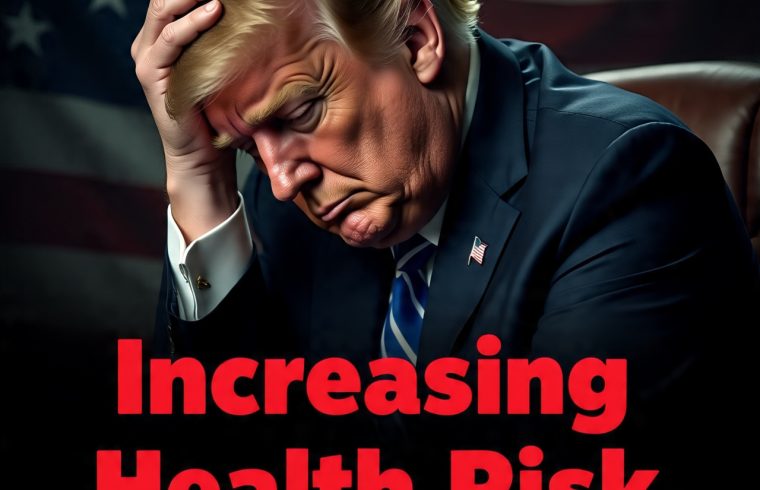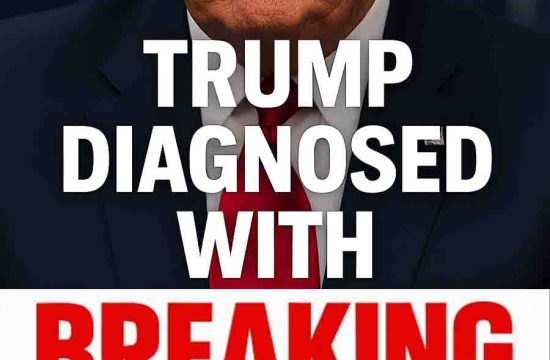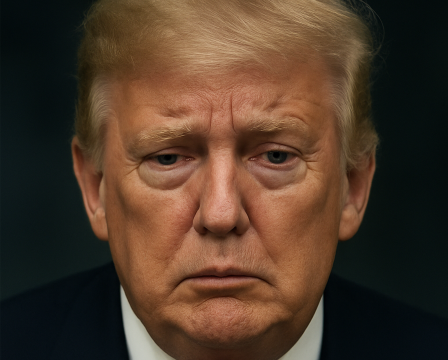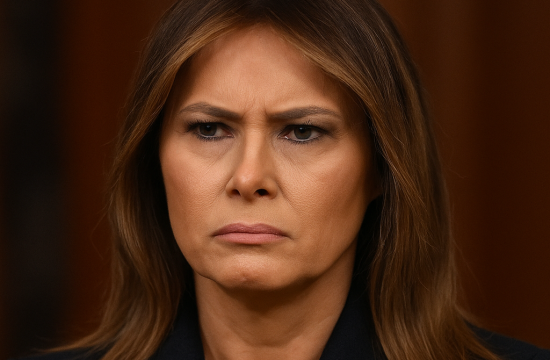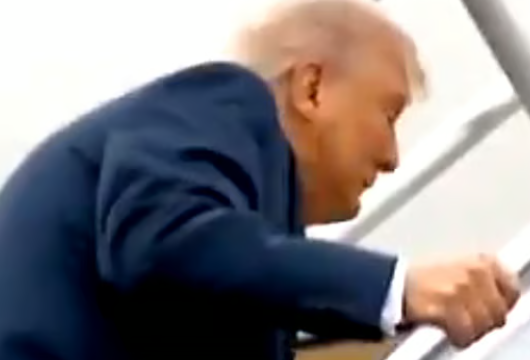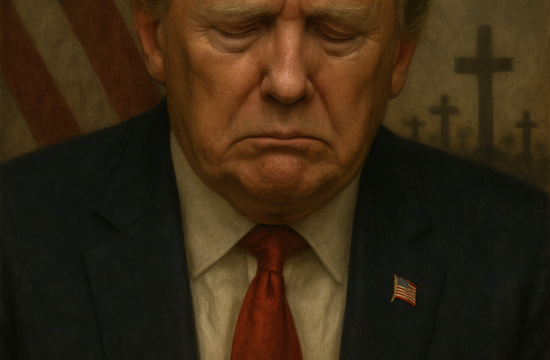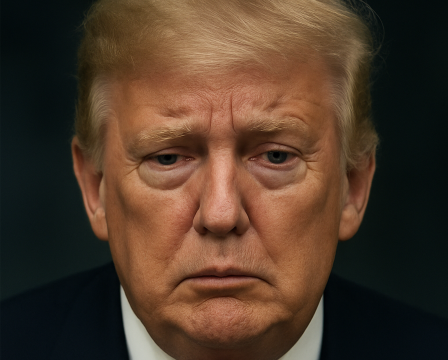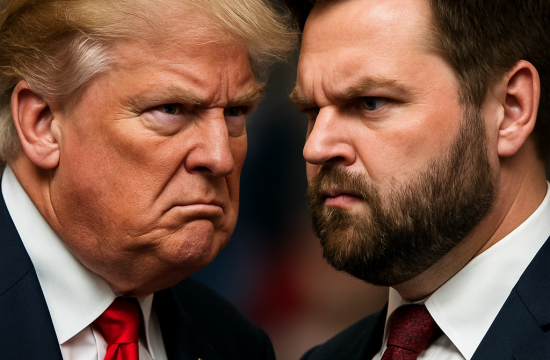A Reuters investigation reveals that recent cuts to U.S. foreign aid have stalled dozens of water and sanitation initiatives around the world, increasing health risks among the vulnerable communities around the globe.
1. Scope of the Problem
According to a Reuters investigation published on July 20, 2025, nearly all U.S. foreign aid initiatives under the Trump administration were drastically cut, stalling dozens of water and sanitation projects in at least 16 countries—including Mali, Nepal, Kenya, Lebanon, DR Congo, Ethiopia, Tanzania, and more. Overall, Reuters identified 21 unfinished projects across these nations.
2. What’s Left Half Done
-
Nepal: Over 100 drinking-water systems were left incomplete—plumbing materials and 6,500 bags of cement stranded in communities.
-
Mali: Water towers designed for schools and clinics remain abandoned.
-
Lebanon: A planned solar‑powered water utility was scrapped, costing 70 jobs and forcing a shift to diesel-dependent systems.
-
Kenya (Taita Taveta County): Only 15% of a $100 million irrigation and drinking-water project was completed when funds were pulled in January. Half-built canals now increase flood risk, threatened by crumbling embankments—posing hazards to farms, livestock, and households.
-
Eastern DR Congo: Abandoned water kiosks have become dangerously unguarded—children fetching water are vulnerable to kidnapping and assault.
3. Human & Health Consequences
-
Health threats: Without clean water, communities face spikes in water-borne diseases, malnutrition and elevated child mortality rates.
-
Security impact: Exposed sites may attract lootings and further destabilize regions. A U.S. Embassy memo warned that unfulfilled aid could harm America’s reputation and aid extremist recruitment efforts.
-
Gender equity & education setbacks: Building water access reduces the need for girls to carry water—analysts note that “girls are more likely to stay in school” when infrastructure exists. Stalled projects threaten these gains.
4. Why It Happened: Policy Rationales & Legal Shifts
-
The cuts stemmed from Trump’s directive to dismantle USAID and centralize foreign aid under the State Department, claiming funds should prioritize domestic needs,
-
Since January 2025, hundreds of millions were cancelled; USAID shrank to just 17% of its previous program scope.
-
Over 83% of USAID-funded programs were terminated midway, often without local planning or safeguards for incomplete sites.
5. Small Resumptions, Major Gaps Remain
-
An exception: funding for a $6 billion desalination plant in Jordan was restored following diplomatic appeals by King Abdullah.
-
But most stalled projects—notably in Ethiopia, Tanzania and DR Congo—still lack resumed funding.
-
Some host nations, like Nepal, have begun using their own budgets to finish essential systems, albeit on a smaller scale.
6. Broader Implications
-
Global health: Interruptions in clean water infrastructure exacerbate disease, malnutrition and maternal–child health challenges in some of the world’s most vulnerable regions.
-
Geopolitical standing: Unfinished programs may erode the U.S.’s image and influence abroad, while opening space for rival powers to intervene.
-
Domestic policy tension: American public opinion is divided—while some support funneling money home, longstanding bipartisan consensus held that water and sanitation aid serves critical soft‑power and global stability interests.
🔍 Summary
The Trump-era foreign aid overhaul in 2025 has had tangible, dire consequences—leaving communities without infrastructure they were promised. Abandoned projects expose residents to floods, disease, gender setbacks, and security hazards. Despite isolated funding restorations, the overwhelming majority remain in limbo, with local governments scrambling for ad-hoc fixes. This situation raises urgent questions about the responsibility of donor nations, the resilience of global development frameworks, and the consequences of abrupt ideological policy reversals.
📌 What’s Next?
-
Will the U.S. Congress push to reinstate funding or introduce reforms to ensure orderly project closure protocols?
-
Can host governments and NGOs fill the gaps—at what social and financial cost?
-
Will these stalled sites contribute to long-term instability or prove catalytic for alternative global partnerships?

